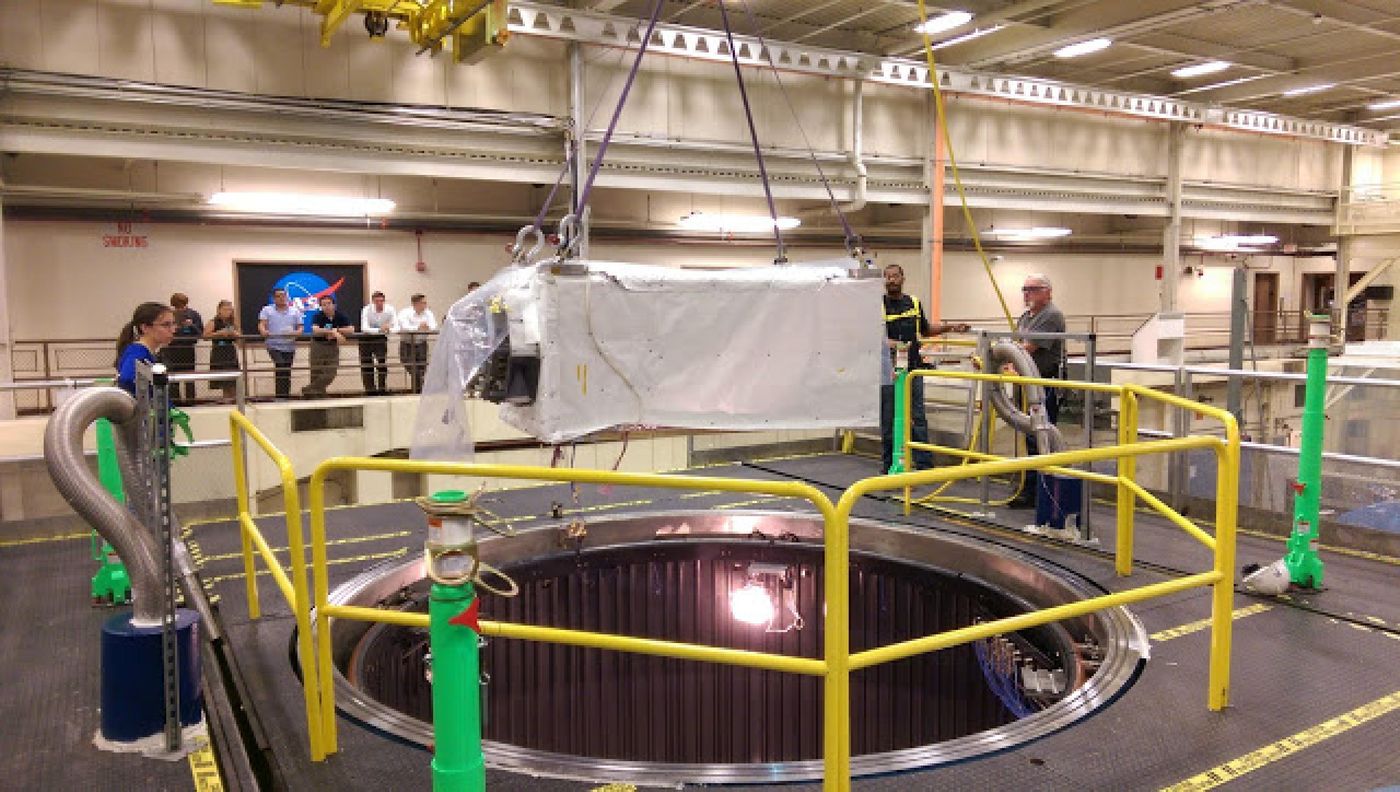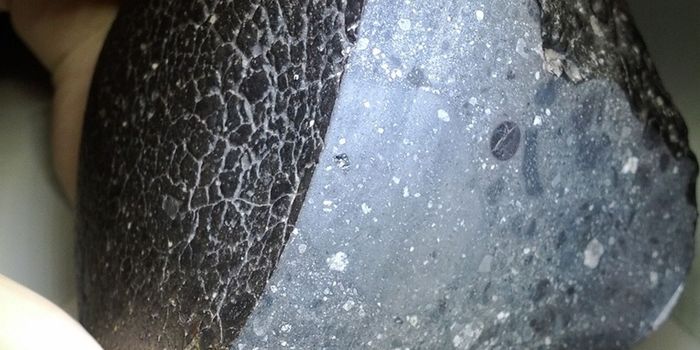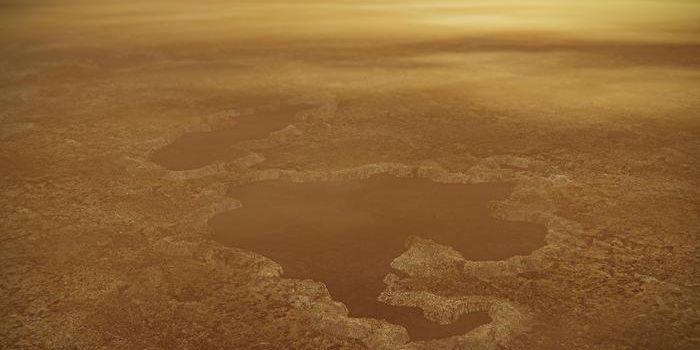ISS-CREAM is Heading for the International Space Station to Study Cosmic Rays
While NASA and other space scientists have known about the presence of cosmic rays for ages, that’s not to say that we understand everything there is to know about them. In fact, their origins remain entirely unclear.
NASA hopes to finally shed some light on this great mystery by way of its Cosmic Ray Energetics And Mass mission destined for the International Space Station (ISS-CREAM) mission, which could hitch a ride on a SpaceX commercial resupply mission to the International Space Station as soon as Monday, August 14th.
Image Credit: University of Maryland Cosmic Ray Physics Laboratory
According to NASA, the instruments on the 1.4-ton ISS-CREAM device are being recycled from previous experiments that took place in Earth’s skies above Antarctica. That said, the methods ISS-CREAM will be using are tried and true, so scientists are sure we’ll get some fascinating data relating to the origins of cosmic rays.
On the other hand, being in Earth’s skies meant being limited in exposure because of the Earth’s protective atmosphere and magnetic field, so the higher exposure in outer space should increase the device’s capabilities to detect and measure these rays significantly.
Related: The Earth's magnetic field is 'cracked'
"The CREAM balloon experiment achieved a total sky exposure of 191 days, a record for any balloon-borne astronomical experiment," said principal investigator Eun-Suk Seo, a professor of physics from the University of Maryland.
"Operating on the space station will increase our exposure by over ten times, taking us well beyond the traditional energy limits of direct measurements."
ISS-CREAM will be getting placed on the Kibo platform outside of the International Space Station where it will remain fully exposed to the elements of outer space. There, cosmic rays will bombard its carbon surface, activating specialized sensors underneath that determine the kinds of particles slamming into it and may provide scientists with the data they seek.
While a bevy of problems, including magnetic field interference, can make tracing a cosmic ray's origins nearly impossible, NASA thinks ISS-CREAM is a “significant step” in the right direction. With its much larger impact interface and being set up in outer space, we should be able to grab finer details from its data than we ever could have on Earth’s surface.
"The mysterious nature of cosmic rays serves as a reminder of just how little we know about our universe. The discovery of cosmic rays gave birth to the field of particle physics in the early 20th century. But no human-made particle accelerator can reach the energy levels we see in cosmic rays," Seo continued.
"Our team has been anxiously awaiting this launch for years. This is a very exciting time for us as well as others in the field of high-energy particle astrophysics."
When launched, ISS-CREAM will join two other existing experiments in existence to study cosmic rays: the Alpha Magnetic Spectrometer (AMS-02) and Calorimetric Electron Telescope (CALET). Together, perhaps these experiments can help solve the mysteries about where cosmic rays actually come from.
Source: NASA









